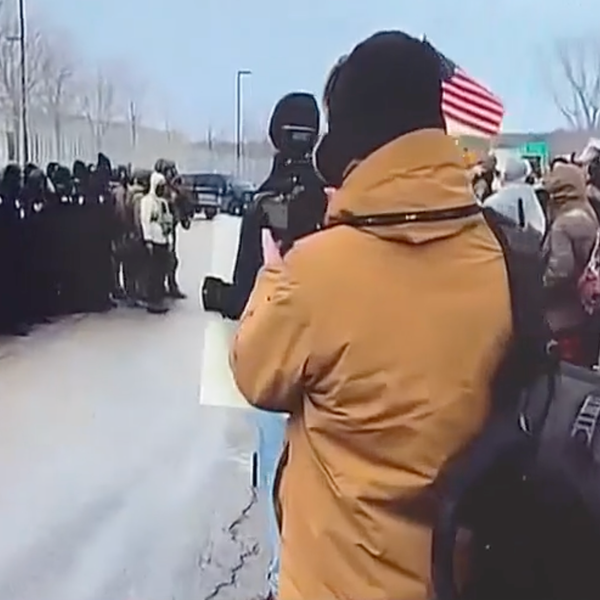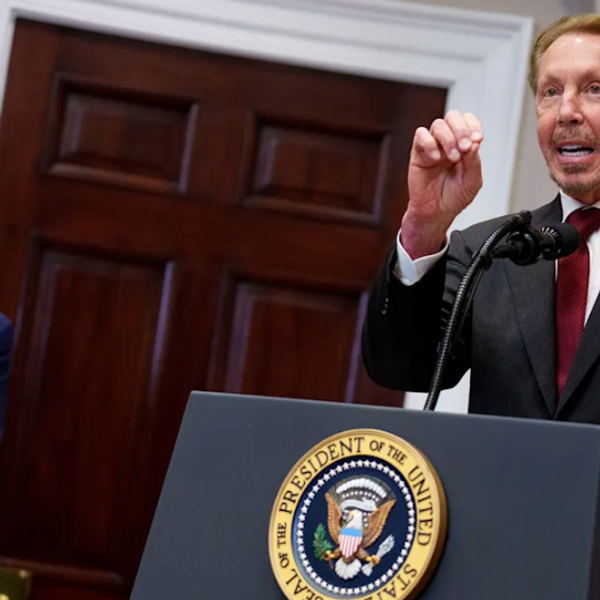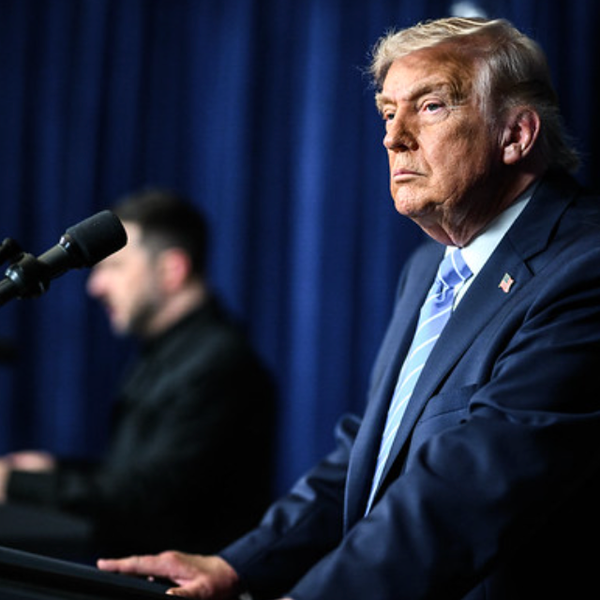What Grows After Natural Disasters? U.S. Plants New Idea To Restore Landscapes

By John M. Glionna, Los Angeles Times (TNS)
LAS VEGAS — Peggy Olwell has seen her share of forest fires, hurricanes and other natural disasters. She knows all too well what errant Mother Nature can do.
The career botanist has watched Western wildfires scorch the earth and scary-high winds wipe coastal landscapes clean. She also has seen what happens to native plants.
And when it’s time to replant, there are rarely enough native seeds on hand. Conservationists introduce nonnative species in hopes of jump-starting damaged ecosystems.
“These are complex systems that differ region to region,” said Olwell, plant conservation program manager for the federal Bureau of Land Management. “You can’t interchange parts of it and think it’s going to function the same way.”
On Monday, the U.S. government is announcing a new approach to ecosystem maintenance. The National Seed Strategy for Rehabilitation and Restoration brings together a dozen federal agencies to restore landscapes altered by natural disasters, human development, even global warming, by creating regional seed banks.
Steve Ellis, the BLM’s deputy director of operations, will introduce the plan in Boise, Idaho. The site was chosen because of the nearby Soda fire, which had charred 284,000 acres as of Sunday — burned ground that soon will require replanting.
“Success on a national scale will be achieved through a network of native seed collectors, a network of farmers and growers working to develop seed, a network of nurseries and seed storage facilities to supply adequate quantities of appropriate seeds, and a network of restoration ecologists who know how to put the right seed in the right place at the right time,” the BLM said in a news release.
The goal is to replant as soon as possible with the right species.
“We need to get past scrambling to do this only after a big fire or disaster — that’s a reactionary position,” said Mike Tupper, a BLM deputy assistant director for resources and planning. The agency hopes states, Native American tribes and nongovernmental organizations will join the effort.
“The piece now missing is a close coordination with private industry,” Tupper said. “If we can tell the entire seed-growing industry where we’re going, we can work together. They’ll have the seeds grown and ready when we need them.”
The enhanced federal program comes at a tense time, with some Western states accusing Washington of overbearing land management. The BLM and other agencies have reached out to governors and other officials in an effort to get them to support the plant effort.
“There’s a certain segment of society that wants less government, and for them, anything we do is going to be seen as that — more big-government intervention,” Tupper said. “But our job is to continue doing what we think is best for the American public. This is one of those programs.”
Officials cited the staggering damage wildfires inflict. In 2014, 63,000 U.S. wildfires burned 3.6 million acres of land, an average of 57 acres per fire.
Replanting native seeds may be subtle but it’s crucial to the continued health of any ecosystem, Olwell said.
“Most Americans are plant blind,” she said. “They see plants as a backdrop; still, they’re upset if they go away. They’re not recreating in parking lots of America. They want that beauty, but they don’t really understand the nuance of native plant communities.”
An introduced plant species might look pretty but won’t necessarily be eaten by local wildlife, she said. Invasive cheat grass, which grows on many burn sites, is considered a prime fire starter — planting the seeds for another conflagration.
Plants give us a sense of place, Olwell said — the saguaro cactus in the Southwest, sagebrush across the Western prairie, maple trees in New England, redwoods along the California coast.
“Science shows that local is best,” she said. “If it evolved there, we know it does best there.”
Photo: Wildfires do a lot of damage. (Randall Benton/Sacramento Bee/MCT)








